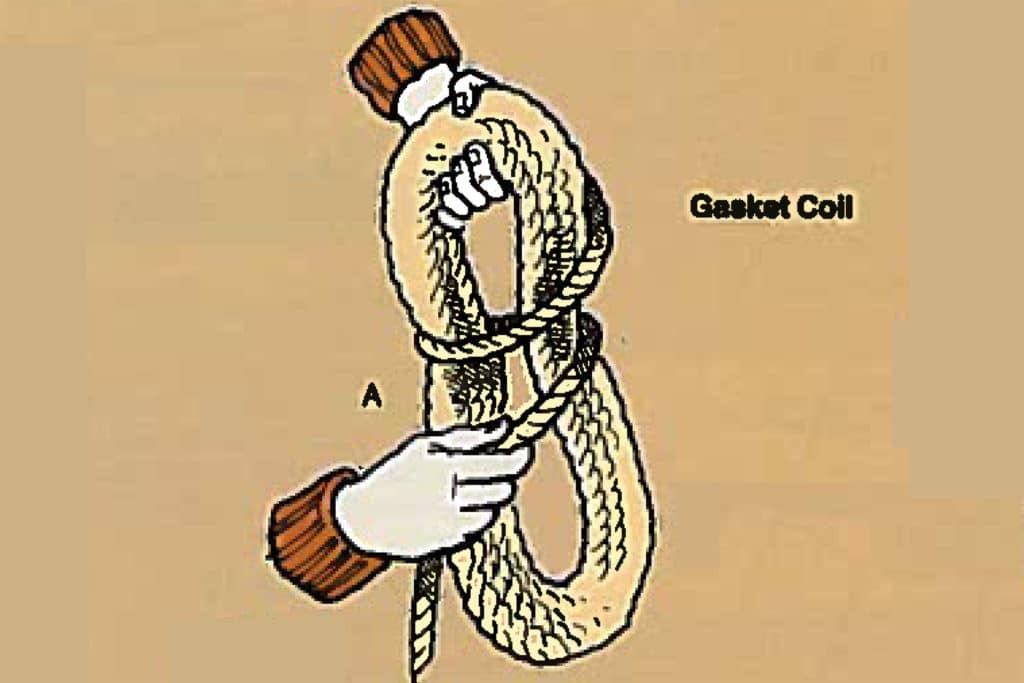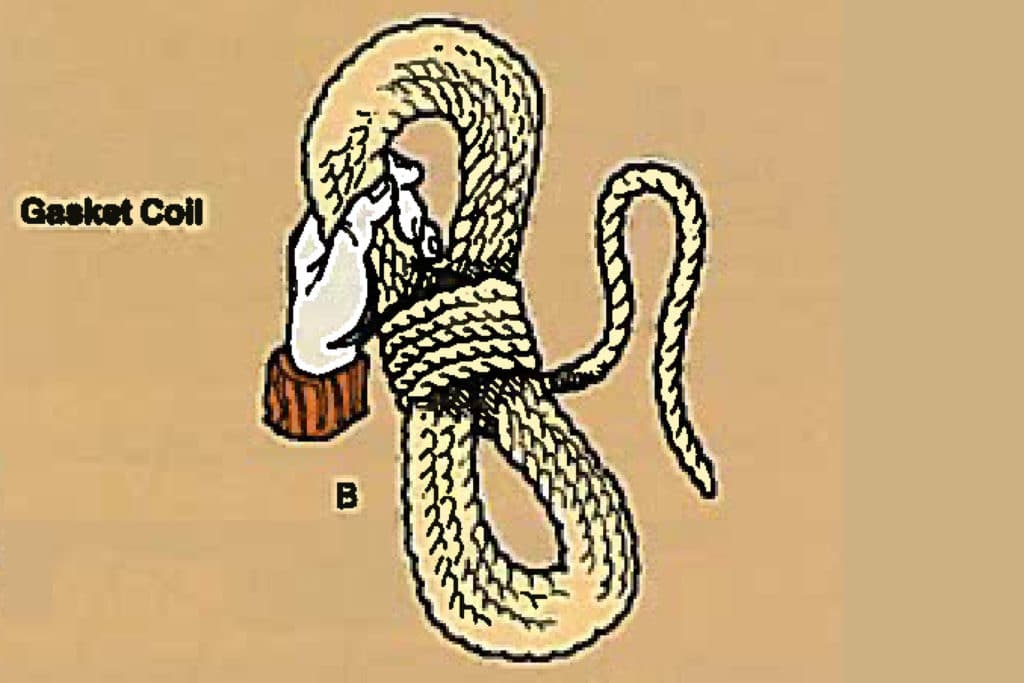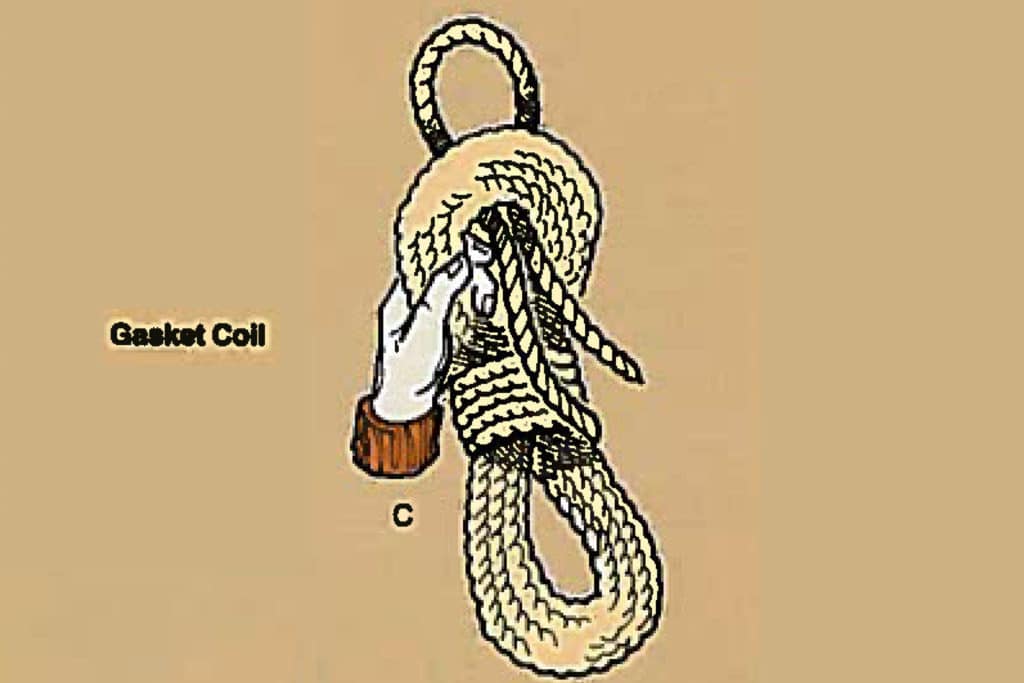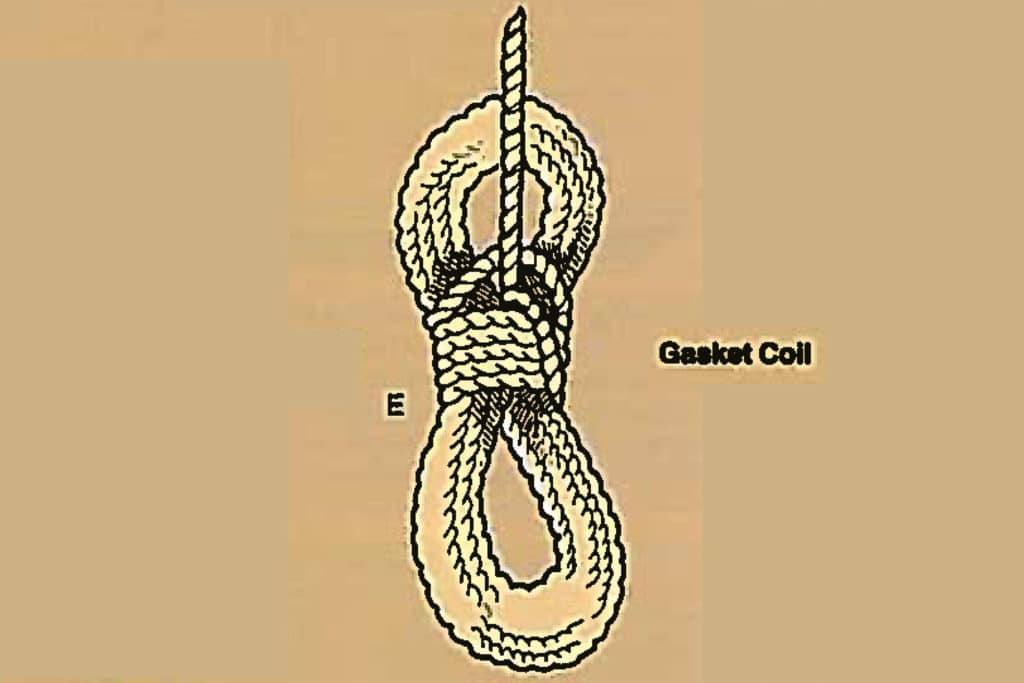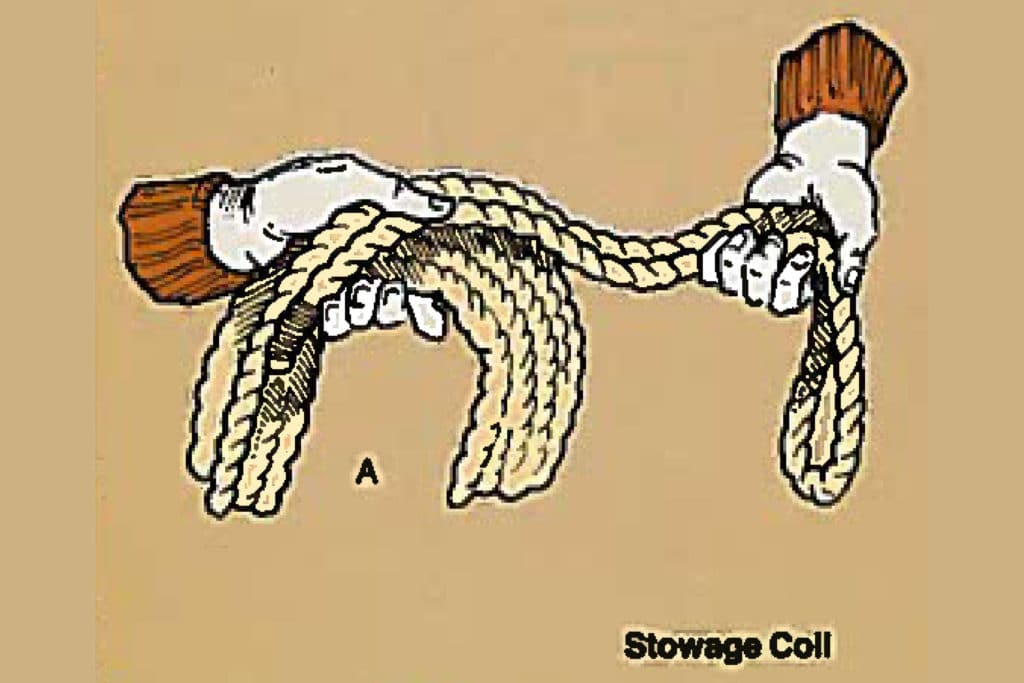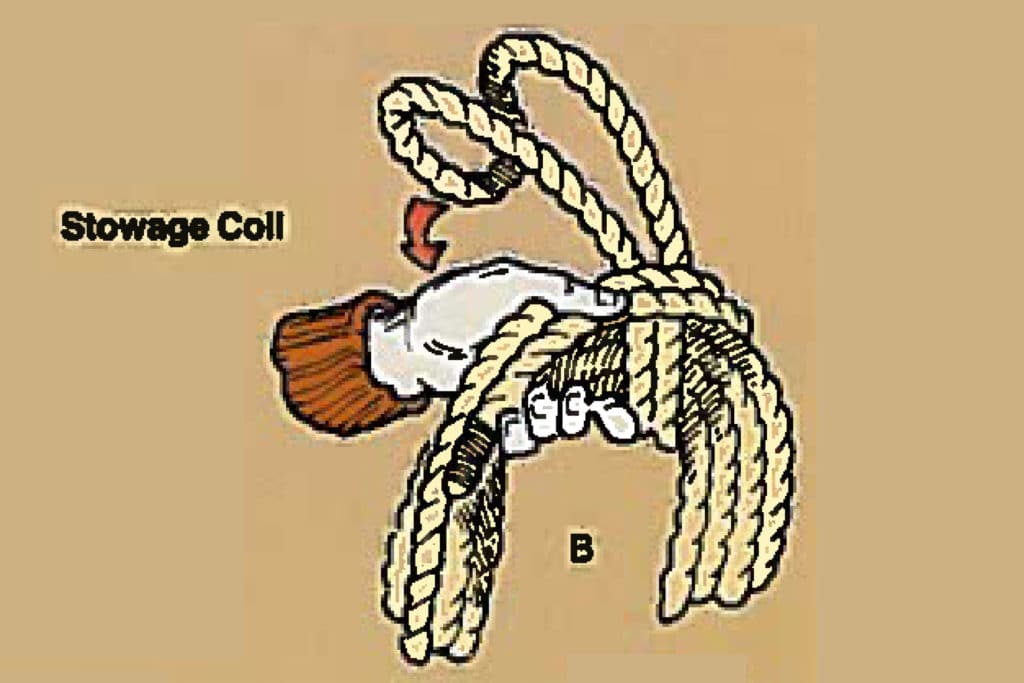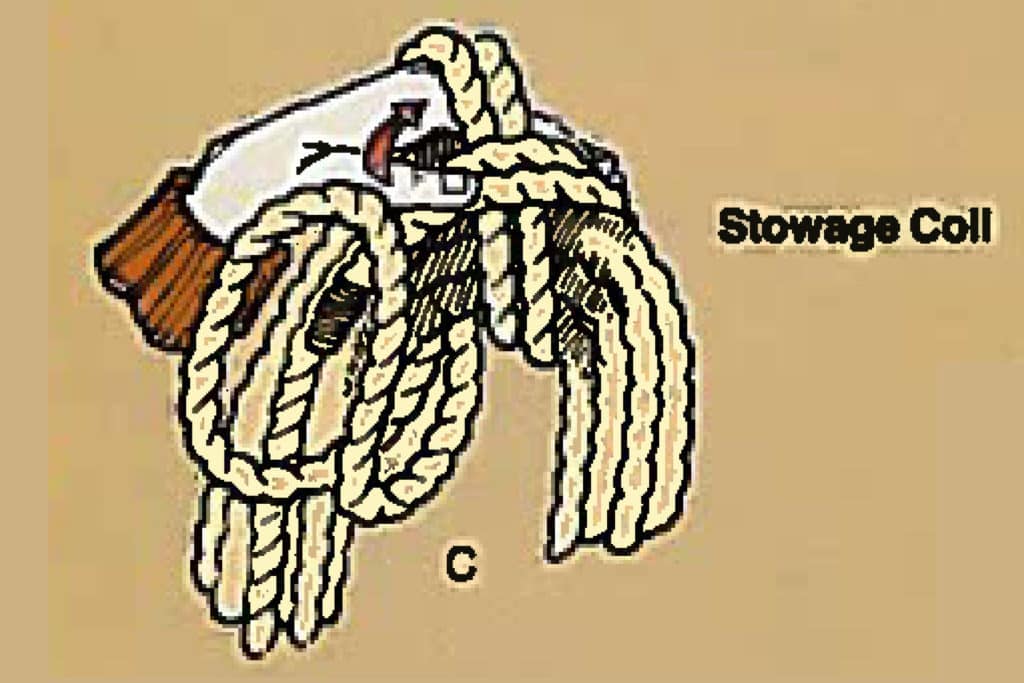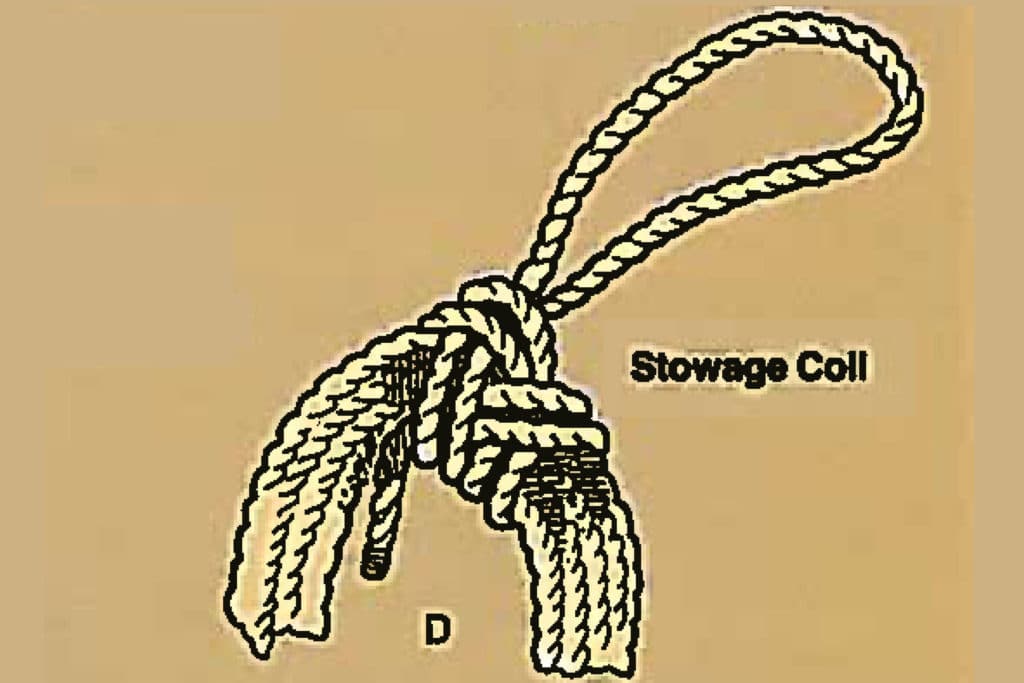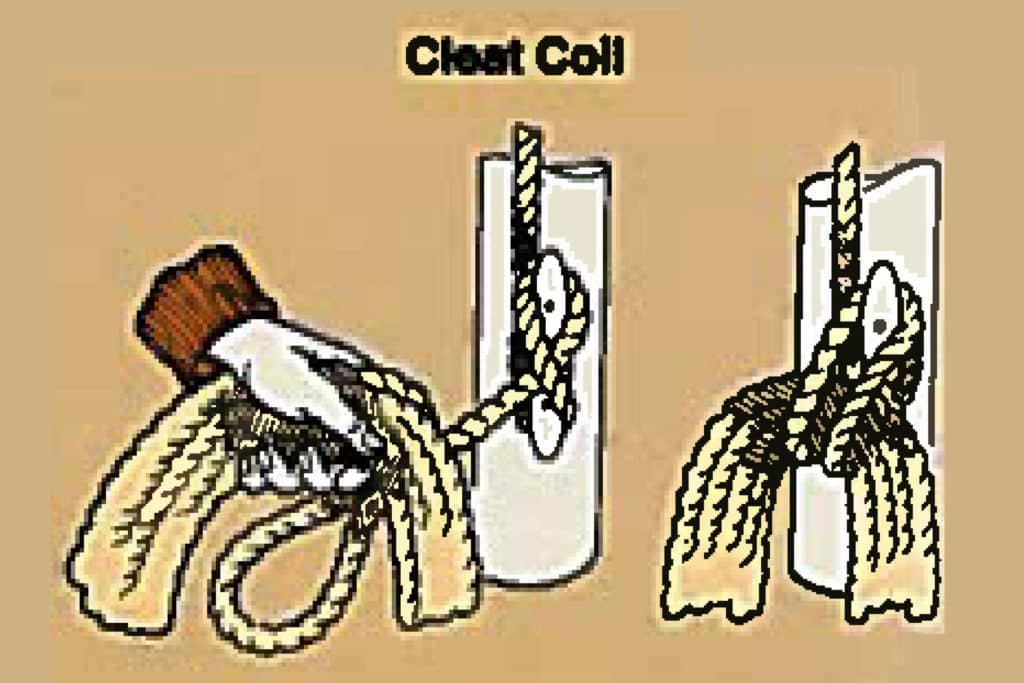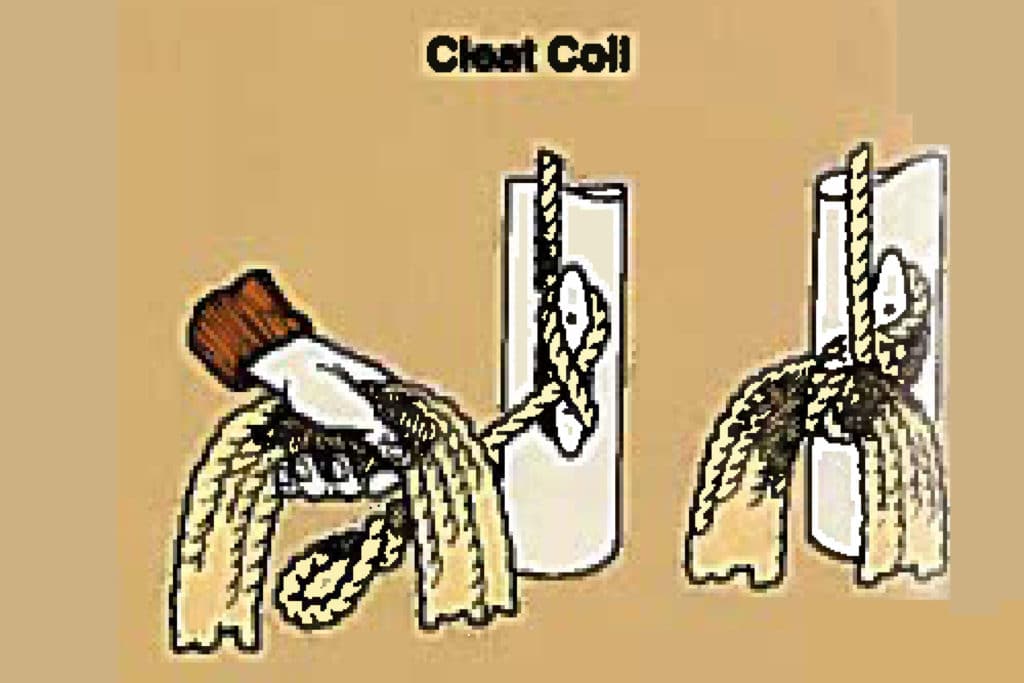The old-time sailor maintained that there were three good reasons for keeping lines properly coiled: it made it easier to lower sails in a hurry, it prevented damage from kinks, and it took up less space. You would think that with so many wood legs around in those days that he would have had something to say about safety.
Certainly, the modern sailor understands the safety angle. Who among us doesn’t live in fear that a line left loose will fly skywards beyond reach, entangle an ankle or slip over the side and foul the propeller?
Here, then, are step-by-step instructions for three of the most useful coiling systems. Each serves many purposes on board.
This article appeared in the September 1985 issue of Cruising World. It was submitted by Bill Beavis of Lymington, England.
